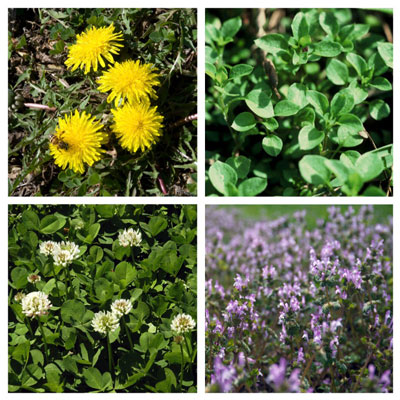Gardening for This Weekend: March 3, 2016
I’m going to try to stir together (1) what we would normally be doing the first full weekend of March and (2) how we need to adjust our schedules based on this silly warm weather. Everybody jump back! Here I come!
Plant frost-hardy annual color, including petunias, sweet alyssum, English daisies, larkspurs, stocks, calendulas and others. Except in South Texas, you’re still too early for things like marigolds, zinnias and other summertime annuals. Any late freeze could still get them.
Plant frost-hardy vegetables, including leafy and root vegetables, and if you hurry, cabbage and broccoli. South Texans should already be moving on to planting beans, corn and perhaps even tomato transplants if you have means of covering them should it be necessary.
Sod can be planted, but try to buy Texas-grown sod that has already started to green up. It’s too early to sow bermudagrass seed.

Reshape spring-flowering shrubs and vines as needed once they finish blooming. That would include flowering quince.
Prune spring-flowering shrubs, vines after they finish blooming. Trim to attractive, natural shape.
Scalp lawn immediately if you have not done so. It is optional, however – primarily aesthetic, although it does allow the greening grass to show up a couple of weeks earlier. It also removes many types of broadleafed weeds. Lower the mower one notch and catch and bag the clippings. Use them in the compost. Do not send them to the landfill. Wear a high-quality respirator and goggles.
Fertilize lawns in South Texas with high-nitrogen or all-nitrogen lawn fertilizer (no “weed-and-feeds”). Let a reliable soil test from the Texas A&M Soil Testing Laboratory determine the specifics. All the necessary information is at their website. Wait until early April to feed lawns in North Texas.
Get new flower and vegetable transplants off to fast start with a diluted, water-soluble fertilizer applied with each watering.
Aphids are the most common insect pests of early spring. They come in a variety of sizes and colors, but all will be pear-shaped, and all will have twin “exhaust pipes” sticking out of their rear sides. They are colonial insects, so if you see one, you’re likely to see scores. Most organic and inorganic insectides will control them, or you can blast them off with a hard stream of water.
Protect pears and apples from fire blight by spraying while the trees are in peak bloom. See related story this issue.

Winter broadleafed weeds include (clockwise from upper left) dandelions, chickweed, henbit and clover.
Broadleafed weeds can be controlled by spot-spraying them with a 2,4-D based herbicide. Read label carefully for all the directions to a successful elimination of the weeds.
